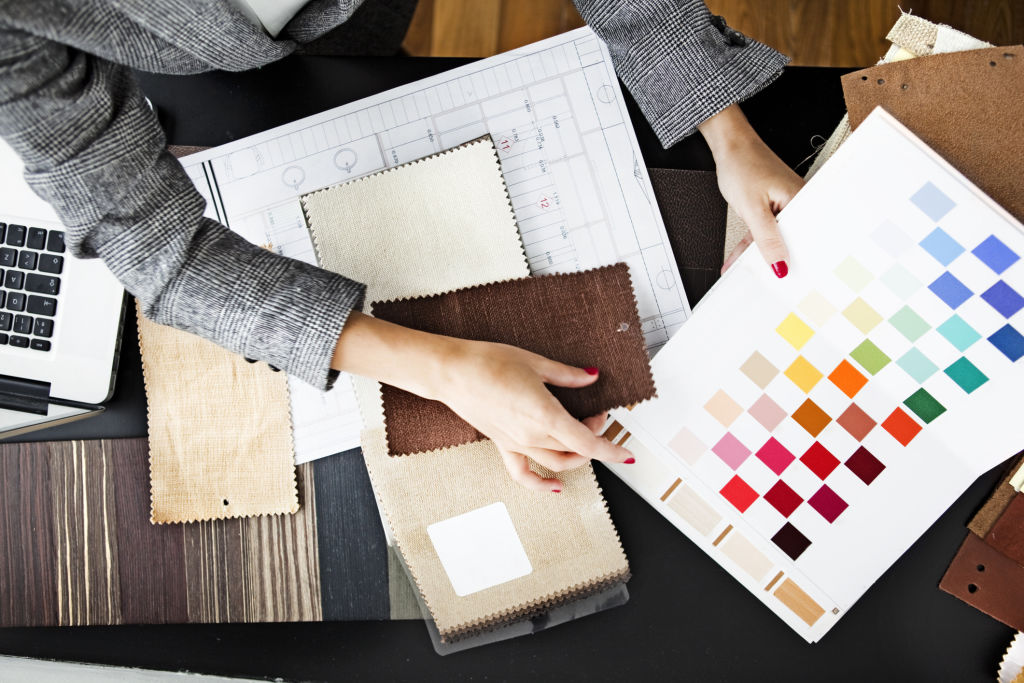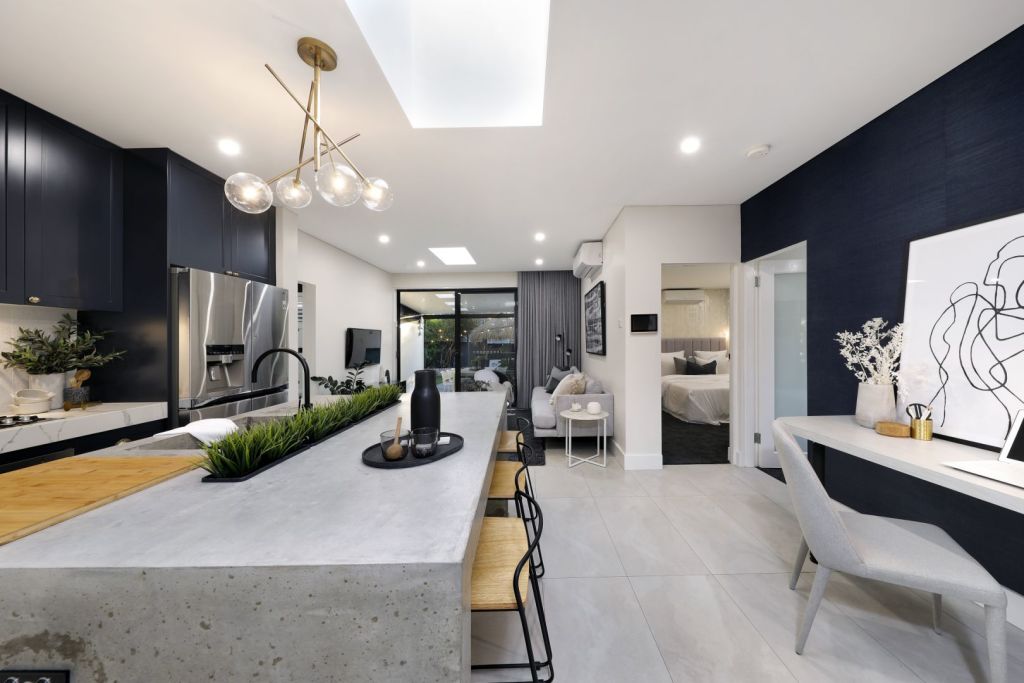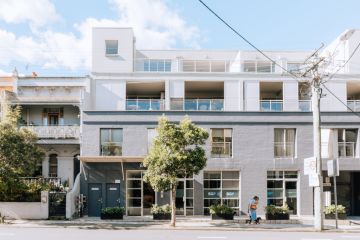How to avoid renovation decision fatigue

Renovations are exciting and stressful at the same time. While you’re looking forward to having more space, the decisions along the way can feel endless, and fatigue can can kick in.
Our recent renovation called for daily decisions, from floorings to finishes, from lighting to tiles.
I spent hours scrolling through Instagram and Pinterest, spent an eternity comparing wardrobe layouts and aimlessly wandered around tile shops completely overwhelmed by the choice.
Decision making started out as fun, but quickly became a chore, so I asked industry experts for their tips make renovation choices easier.
1. Source the right advice
“Having builders work with the design team from day one is useful because, together, they can narrow down choices for you depending on your brief and budget and advise on decisions in a systematic way,” says Richard Di Bartolo, director at Alternative Construction Group.
Di Bartolo says the right experts can be found via word of mouth or recommendations, websites like Houzz and Oneflare, Facebook community groups and construction site boards in the neighbourhood.
Builders can be found on the websites of the Housing Industry Association (HIA) and Master Builder Association.
“Meet with experts, ask every question you can think of and trust your gut instinct,” Di Bartolo advises. “Ask for testimonials and any pictures of past work and commit to experts that you’re confident have the same vision as you. Remember cheapest isn’t always best.”
2. Prioritise functionality over aesthetics
Architectural interior designer Martina Hayes says functionality is important in ensuring your house works with how you live.
Her motto is “practical over pretty” and she notes that the best designs are those that optimise your particular space.
“Kitchen islands look great and are very practical, but if your kitchen’s too small to be able to walk around the island, it’s not ideal,” she says.

Bathrooms are similar. “Most people prefer a walk-in-shower because it looks lovely, but if limited space means the screen is less than 1.4 metres, you’ll be mopping up the floors after every single shower.”
When making these kinds of decisions, Hayes recommends going through typical scenarios of your daily life.
Ask yourself if your choice would be practical on a daily basis. Consider the key function or purpose of this space, and whether you’re willing to compromise with a different design option.
3. Save and splurge
It’s best to agree upon savings versus splurges at the very start of your project when you’re establishing your budget, says Di Bartolo.
“Include your builders and designers in your budget discussions so they can advise where extra expense could be allocated and help narrow down product or design choices to those within your price range.”
Naturally, it’s still human to be distracted and tempted by other higher-end options.
“When selecting finishes, you’ll definitely become tempted,” says Hayes. “The brushed brass tapware always looks so much nicer than the cheaper, boring chrome.
“It’s ideal if you can stick to a budget, but if you have the money or are willing to compromise in other areas, go for what you really like. Don’t underestimate the impact well-designed spaces have on your mood and wellbeing.”
4. Create vision boards
Both experts recommend creating vision boards before engaging an expert.
“Creating a board with images is a great way to communicate your style preferences to an expert,” says Hayes. “Glancing over this board, they’ll see a theme immediately and can assist you in turning it into a reality.”
When putting together a vision board Hayes says to display everything that needs to be in the room including things such as flooring, wall colours, lighting and tapware. Then start experimenting with different finishes and fixtures to see which appeals most.
“Ideally create two options of the same space to compare and then choose the preferred option,” she says.
“Where you can, order real samples to see if things work well together and invest in an interior designer for colour recommendations and finishes. It’s not a huge expense but has a big impact on the final look of the space.”
For clearer visualisation, Hayes recommends DIY renovators use an easy-to-learn free software like ‘Sketchup’ which provides 2D floorplans as well as 3D visualisations.
As a final tip, Hayes says not to second guess your individual preferences or dismiss your gut feeling.
“Remember it’s your home and it doesn’t need to please anyone else. If something works or is right for you, then do it. Don’t live with design regret.”
We recommend
We thought you might like
States
Capital Cities
Capital Cities - Rentals
Popular Areas
Allhomes
More
- © 2025, CoStar Group Inc.







